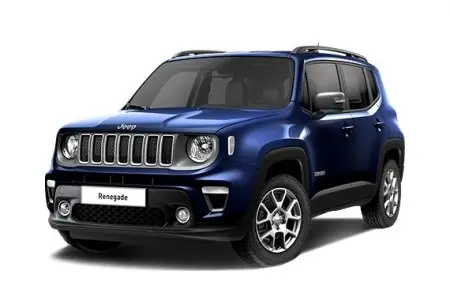
MacPherson suspension - what is it
Content
When the car moves on the road, it overcomes various irregularities, and in some areas they can be compared to a roller coaster. So that the car does not fall apart and everyone in the cabin does not experience discomfort, a suspension is installed in the vehicle.
We talked about the types of the system a bit earlier... For now, let's focus on one variety - the MacPherson strut.
What is MacPherson pendant
Most modern budget and middle class cars are equipped with this depreciation system. In more expensive models, it can be used air suspension or another type.
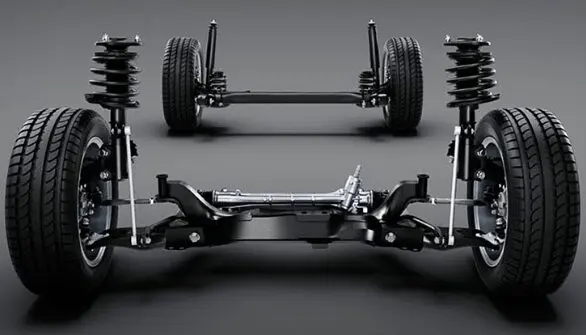
The main application of MacPherson strings is on the front wheels, although in independent systems it can also be found on the rear axle. The peculiarity of the discussed system is that it belongs to a variety of an independent type. That is, each wheel has its own spring-loaded element, which ensures smooth overcoming of obstacles and its quick return for hitching to the track.
History of creation
Before the engineers of the 40s of the last century, there was a question: how to ensure a more stable position of the car body, but at the same time, so that all irregularities on the road were extinguished by the structure car chassis.
By that time, a system based on a double wishbone type already existed. The strut was designed by an engineer at the American automaker Ford, Earl MacPherson. In order to simplify the design of the double wishbone suspension, the developer used a bearing strut with a shock absorber (read about the structure of shock absorbers here).
The decision to use a spring and a shock absorber in one module made it possible to remove the upper arm from the design. For the first time a production car, in the suspension of which this kind of strut appeared, left the assembly line in 1948. It was a Ford Vedette.
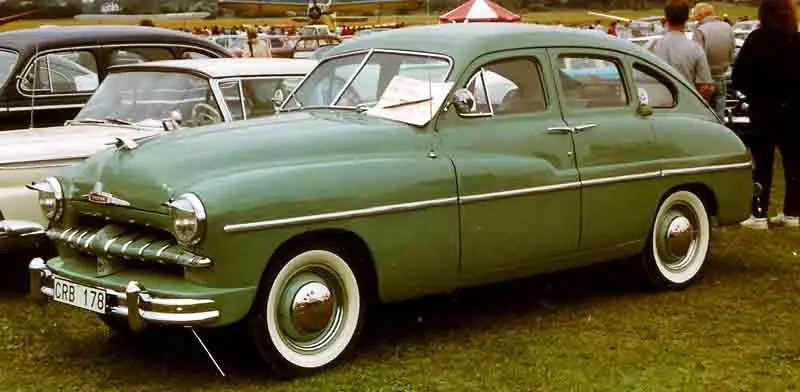
Subsequently, the stand was improved. Many modifications were used by other manufacturers (already in the early 70s). Despite the wide variety of models, the basic design and operation scheme remain the same.
Suspension principle
McPherson works according to the following principle. The rack is fixed on the upper bearing (about why it is needed and what malfunctions there are in the shock absorber support are described in a separate review).
At the bottom, the module is either mounted on a steering knuckle or on a lever. In the first case, the shock absorber will have a special support, in the device of which the bearing enters, since the strut will rotate with the wheel.
When the car hits a bump, the shock absorber softens the shock. Since most shock absorbers are designed without a return spring, the stem remains in place. If you leave it in this position, the wheel will lose traction and the car will sag.
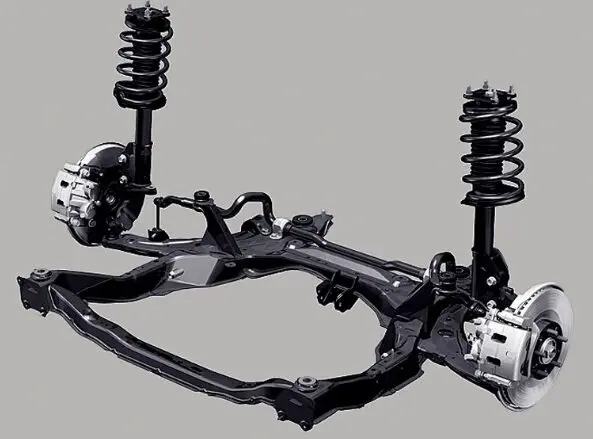
The suspension uses a spring to re-establish contact between the wheels and the road. It quickly returns the shock absorber to its original position - the rod is completely out of the damper housing.
Using solely the springs will also soften the shock when driving over bumps. But such a suspension has a huge drawback - the car body sways so much that everyone who is in the cabin will have seasickness after a long trip.
This is how all suspension elements work:
MacPherson suspension device
The McPherson module design consists of the following elements:
- Shock absorber - acts as a damper while driving;
- A spring, inside which the damper rack itself is located;
- Swivel wheel mechanism;
- Lower arm preventing longitudinal movement of the structure.
In addition to the main components, the ball joints have rubber bushings. They are needed to mitigate small vibrations that occur during the suspension operation.
Suspension components
Each suspension element performs an important function, making the vehicle's handling as comfortable as possible.
Shock absorber
This unit consists of a shock absorber, between the support cups of which a spring is clamped. To disassemble the assembly, it is necessary to use a special puller that compresses the threads, making it safe to unscrew the fastening bolts.
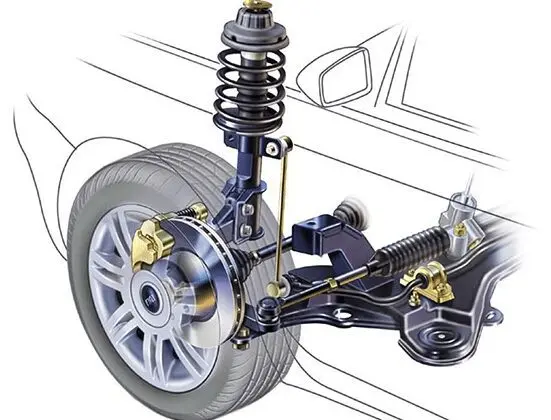

The upper support is fixed in the body glass, and often has a bearing in its device. Thanks to the presence of this part, it is possible to install the module on the steering knuckle. This allows the wheel to turn without damaging the vehicle body.
To ensure the stability of the machine in bends, the rack is installed with a slight slope. The lower part has a slight outward extension. This angle depends on the characteristics of the entire suspension and is not adjustable.
Lower wishbone
The wishbone is used to prevent longitudinal movement of the rack when the machine hits an obstacle such as a curb. To prevent the lever from moving, it is fixed to the subframe in two places.
Sometimes there are levers that have one attachment point. In this case, its rotation is also impossible, since it will still be fixed by the thrust, which will also abut against the subframe.
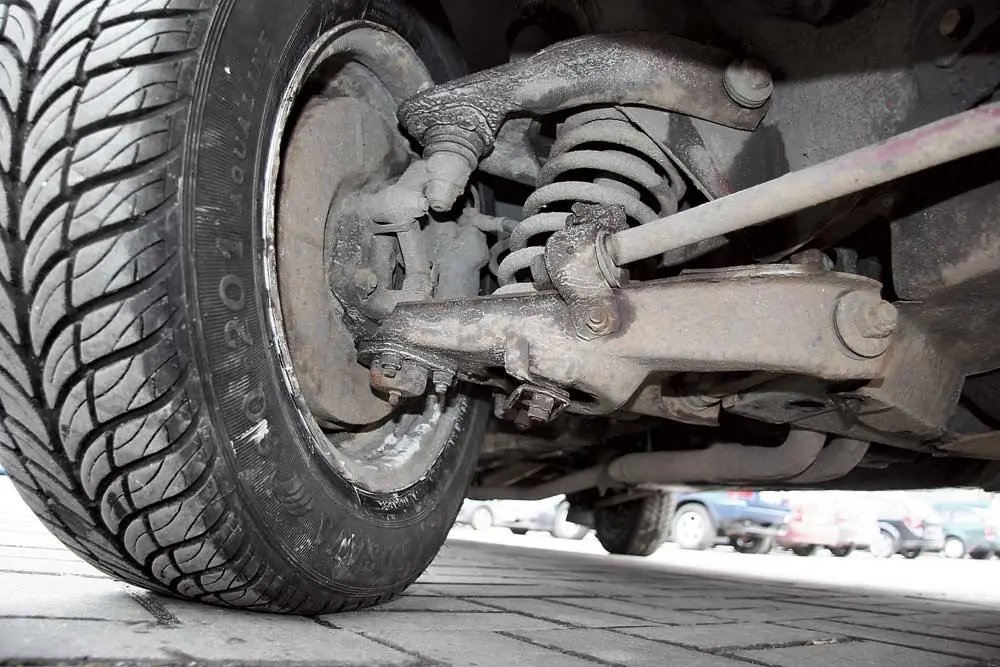

The lever is a kind of guide for the vertical movement of the wheel regardless of the steering angle. On the side of the wheel, a ball joint is attached to it (its design and the principle of replacement are described separately).
Anti-roll bar
This element is presented as a curved link that connects both arms (at the edges) and the subframe (fixed at the center). Some modifications have their own rack (why is it needed and how it works, it is described here).
The task that the transverse stabilizer performs is to eliminate the roll of the car when cornering. In addition to increased comfort, the part provides safety on bends. The fact is that when the car enters a turn at high speed, the center of gravity of the body moves to one side.
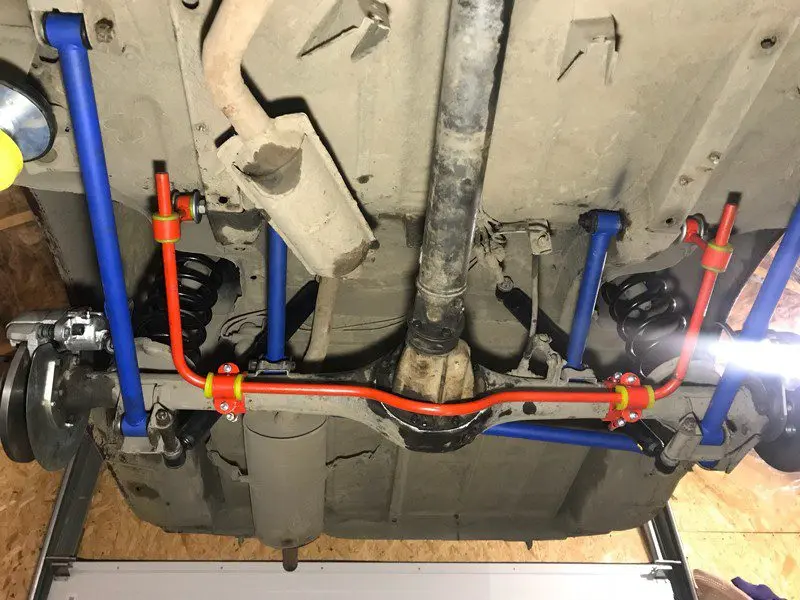

Because of this, on the one hand, the wheels are loaded more, and on the other, they are unloaded on the contrary, which leads to a decrease in their adhesion to the road. The lateral stabilizer keeps the lightweight wheels on the ground for better contact with the road surface.
All modern cars are equipped with a front stabilizer by default. However, many models also have a rear element. Especially often such a device can be found on all-wheel drive cars participating in rally races.
Advantages and disadvantages of the MacPherson system
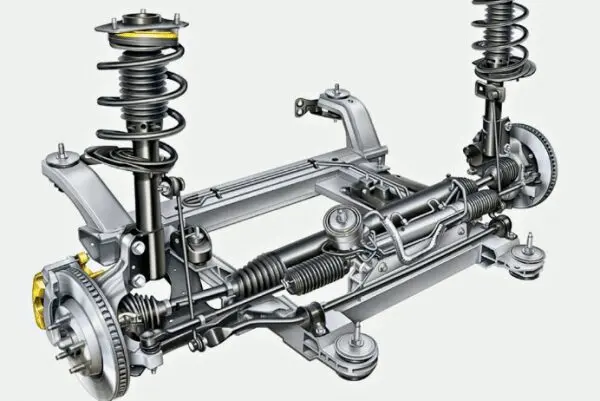

Any modification to the standard vehicle system has both an advantage and a disadvantage. Briefly about them - in the following table.
| Dignity McFerson: | Disadvantage of MacPherson suspension: |
| Less money and materials are spent for its manufacture, if we compare the modification with two levers | Slightly less kinematic than double wishbone type (with longitudinal or transverse levers) |
| Compact design | In the process of driving on roads with poor coverage, microscopic cracks appear over time at the attachment point of the upper support, due to which the glass must be reinforced |
| Relatively less weight of the module (when compared with the spring type, for example) | In the event of a breakdown, the shock absorber can be replaced, but the part itself and the work of replacing it costs decent money (the price depends on the car model) |
| The swivel ability of the upper support increases its resource | The shock absorber has an almost vertical position, from which the body often receives vibrations from the road |
| Suspension failure is easily diagnosed (how to do this, read in a separate review) | When the car brakes, the body bites more strongly than other suspension types. Because of this, the rear of the car is heavily unloaded, which at high speed leads to sliding of the rear wheels |
It is worth noting that the McPherson strut is constantly being modernized, so each new model provides better machine stability, and its working life increases.
In conclusion, we suggest watching a detailed video about the difference between several types of suspensions:


Watch this video on YouTube
Questions and answers:
What is the difference between the MacPherson suspension and the Multi-link? The MacPherson strut is a simplified multi-link design. It consists of two levers (without the top one) and a damper strut. A multi-link has at least 4 levers per side.
How to understand MacPherson suspension? The key element of this suspension is the massive damper strut. It is mounted on a stretcher and rests against the support glass on the back of the wing.
What is multi-link suspension? This is a type of suspension that consists of at least 4 levers per wheel, one shock absorber and a spring, a wheel bearing, a transverse stabilizer and a subframe.
What types of pendants are there? There are MacPherson, double wishbone, multi-link, "De Dion", dependent rear, semi-independent rear suspension. Depending on the class of the car, its own type of suspension will be installed.
